The quality of wine depends on several factors being their phenolic composition one of the most important ones. Phenolic compounds contribute to the organoleptic characteristics of wine such as color, astringency, and bitterness. Grape skins and seeds are the main sources of tannins. Despite the large number of studies carried out since 1960s an important question remains: what factors influence the biosynthesis, the quantity, and the distribution of tannins in grape seeds and how can winemaking processes impact the extractability of seed tannins in wine?
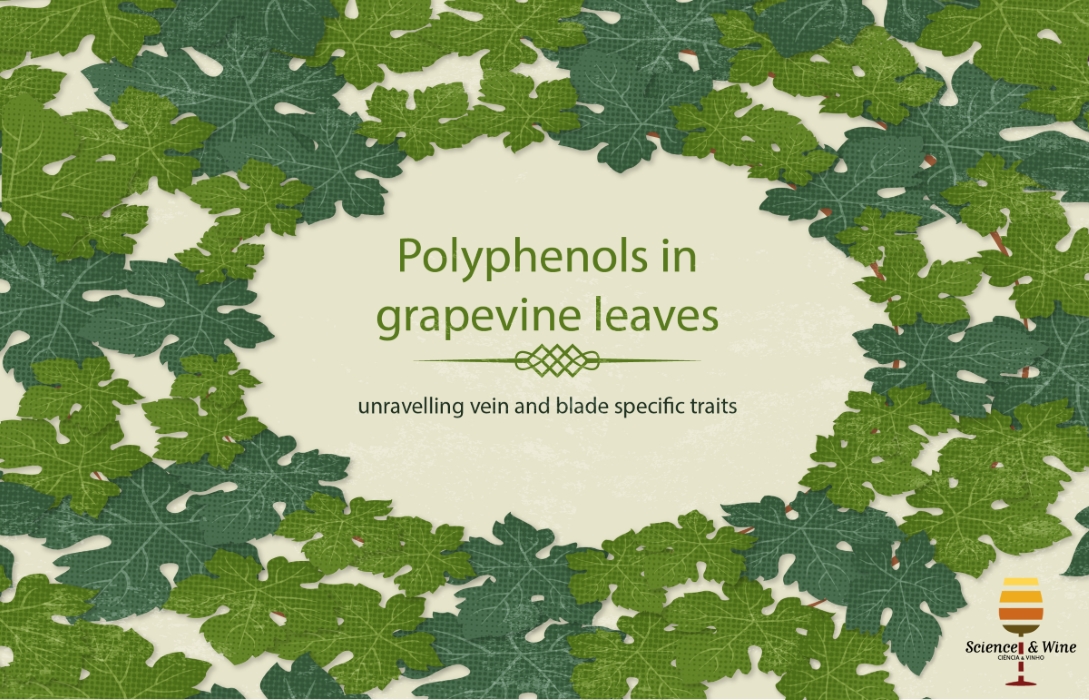
Polyphenols in grapevine leaves: unravelling vein and blade specific traits.
Grapevine cultivation is of great economic importance worldwide, however, little is known about leaf chemical composition. This post summarizes a study in which the phenolic composition of several Vitis vinifera L. cultivar healthy leaves (separating blades and veins) during the season was quantified. Differences between leaf sectors and among genotypes between were found., Anthocyanins, dihydromyricetin-rhamnoside, hexosides of dihydroquercetin, and dihydrokaempferol exclusively accumulated in veins of healthy grapevine leaves. Astilbin was the only flavanonol detected in blades and the prevalent flavanonol in veins. The results of this study are very important to find out leaf polyphenol potential as a part of grapevine protection mechanisms and to dissect genotype-related susceptibility to pathogens. Furthermore, this data is very important to evaluate the importance of grapevine and vineyard by-products as a source of bioactive phenolic compounds.
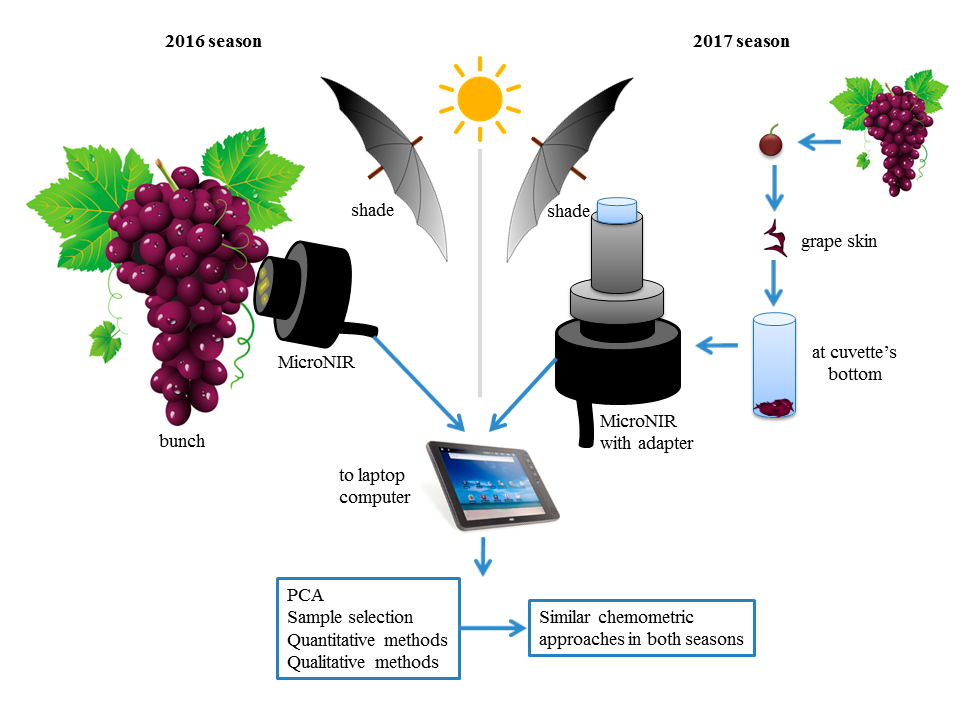
Application of portable micro near infrared spectroscopy to the screening of extractable polyphenols in grape skins: A complex challenge.
Phenolic compounds are secondary metabolites that not only have well-known health benefits but also add several sensory characteristics to wine. Red grapes (Vitis vinifera L.) contain about four grams of phenolic material per kilo. Most of them are found in berry solid parts and are transferred to the wine during the fermentation stage. Consequently, two important topics in oenology research have typically been the study of phenolic compounds present in grape solid parts and how well these compounds are transferred to wine. Among other techniques, near infrared (NIR) spectroscopy has been applied to study these topics.
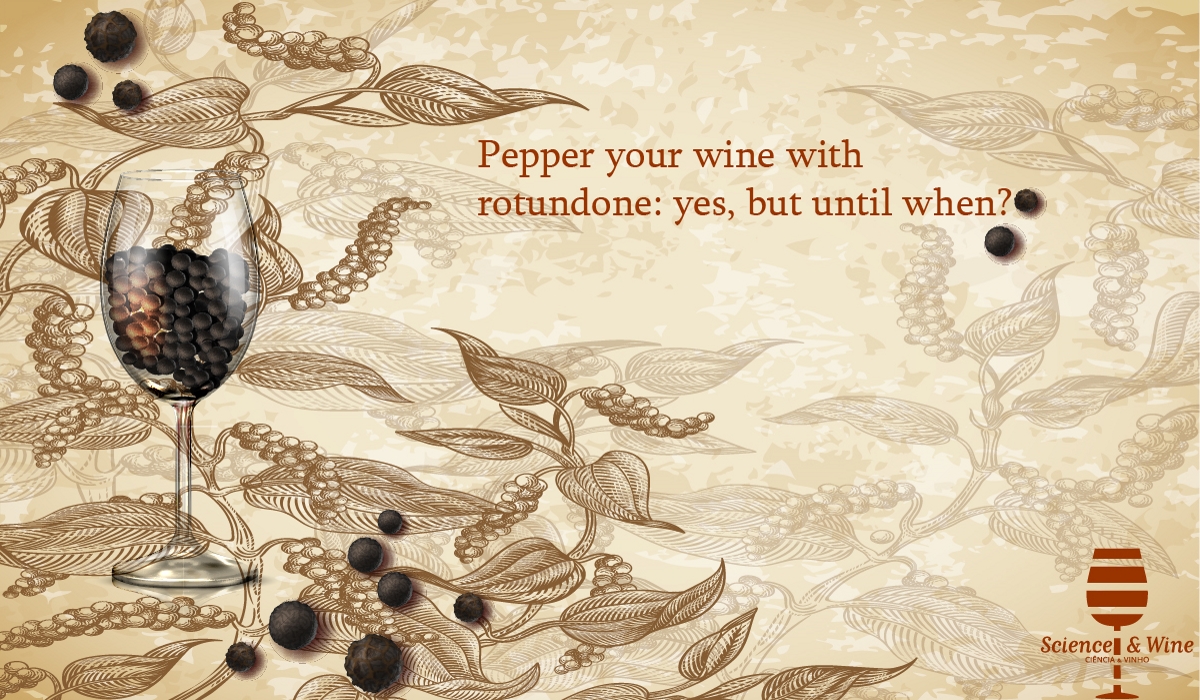
Pepper your wine with rotundone: yes, but until when?
Rotundone is responsible for peppery aroma in wine that, above a certain concentration, is considered as a defect by some consumers. Viticulture and environmental features have a substantial impact on rotundone concentration in both grape berries and in finished wines. Cool and wet vintages promote the production of red wines with a higher rotundone concentration. Within a single vineyard, large spatial variability in rotundone associated with variation in the land underlying the vineyard and vine water status were reported. Patterns of this spatial variation are temporally stable from year to year.
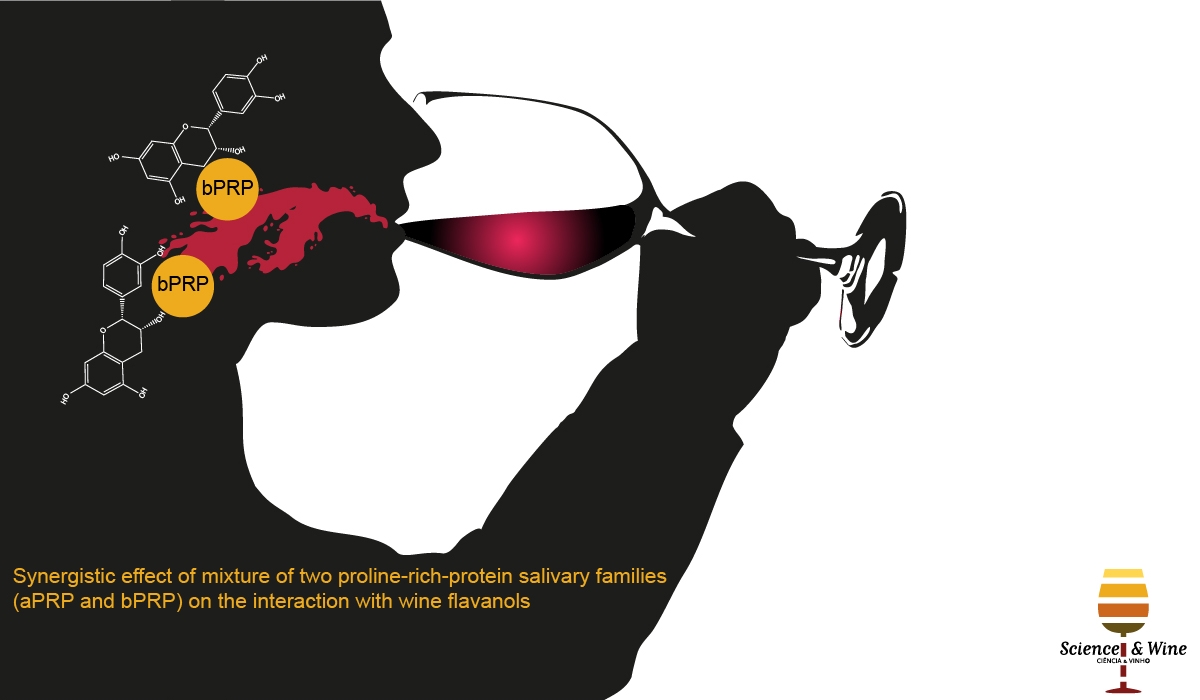
Synergistic effect of mixture of two proline-rich-protein salivary families (acidic and basic) on the interaction with wine flavanols
This week post is about the interaction between salivary proteins and wine flavanols. In a recent study conducted by Alba María Ramos-Pineda and her group in Salamanca University, a synergic effect of the coexistence of two salivary-proline-rich proteins fractions (basic and acidic) on the interaction with flavanols were evaluated by HPLC-DAD, DLS and MALDI-TOF It was observed a clear improvement of the interaction between (epi)catechin and proline-rich proteins when both types of proteins are blended. (epi)Catechins seem to bind preferentially basic proline-rich proteins, although the medium size aggregates flavanol-basic proline-rich proteins formed could favour the interaction with acidic ones giving rise to soluble mixed aggregates.
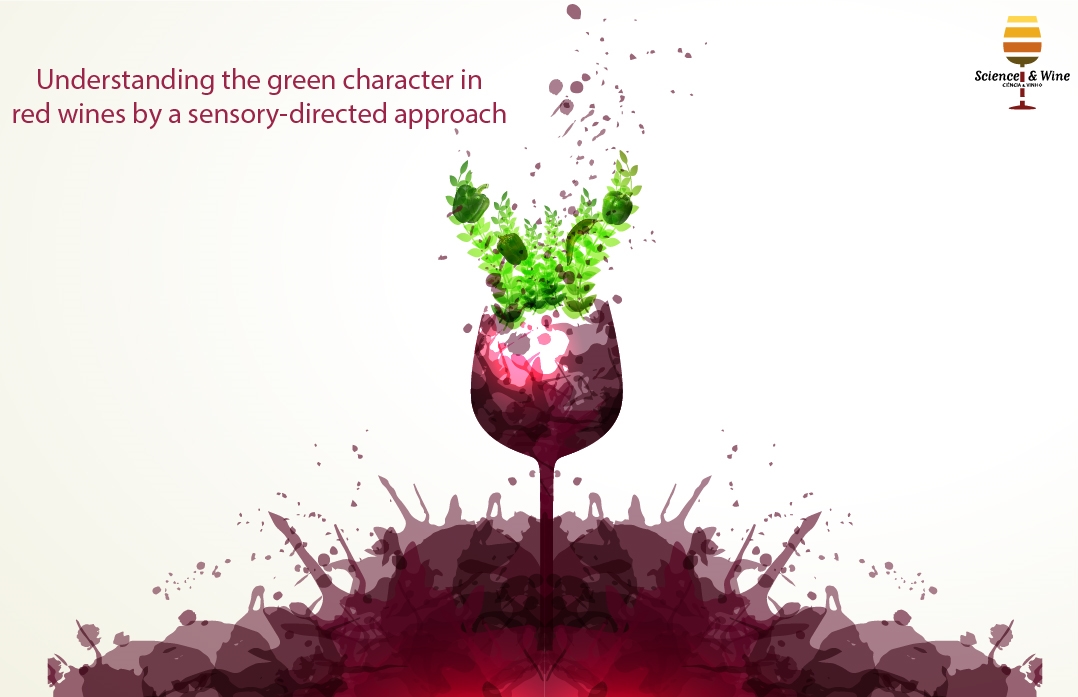
Understanding the green character in red wines by a sensory-directed approach
This post results from a study done with the aim of define the “green character” of red wines and characterise the groups of molecules potentially involved in that perception. Wines were screened by wine experts for different levels of green character. Phenolic fractions were obtained by liquid chromatography (LC) and further submitted to sensory and chemical characterisation. The volatile fraction was screened by semipreparative LC, gas chromatography-olfactometry (GC-O) and quantitative analysis. The green character was associated to vegetal aroma, astringency, green and dry tannins. No specific aroma compounds were identified in the GC-O evaluation of green wines, however the wines contained higher levels of fusel alcohols. The interaction between isoamyl alcohol and the anthocyanin-derivative fraction and/or tannins is suggested to be involved in the formation of green character in red wines.
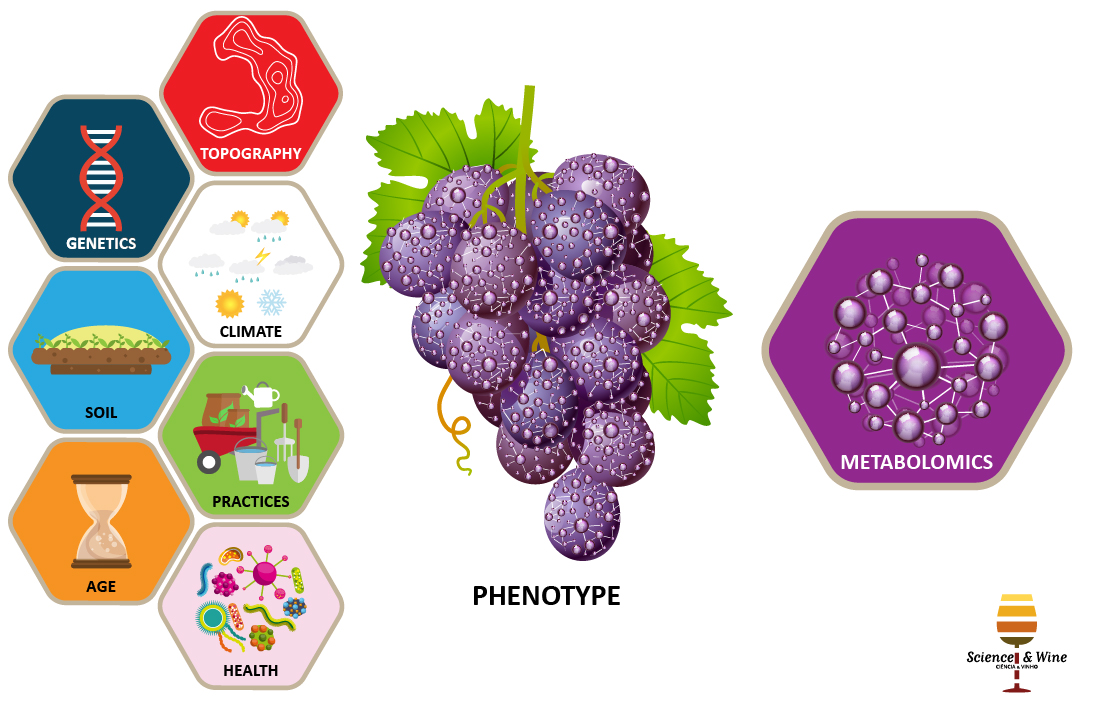
Metabolomics in the field, walking through the chemical diversity of grape
Polyphenols are grape compounds with numerous health benefit and organoleptic properties. These compounds act as key components of the plant defense system against diseases. Herein, are discussed the results of an innovator metabotyping (metabolite-phenotype characterization) study using different grape varieties. A field experiment was setting up with uniform pedo-climatic factors and viticultural practices of growing vines to favor the genetic determinism of polyphenol expression. Metabolite correlation network suggested that several polyphenol subclasses were differently controlled. In a near future, the present polyphenol metabotyping approach coupled to multivariate statistical analyses might assist grape selection programs to improve metabolites with health-benefit potential and plant defense traits.
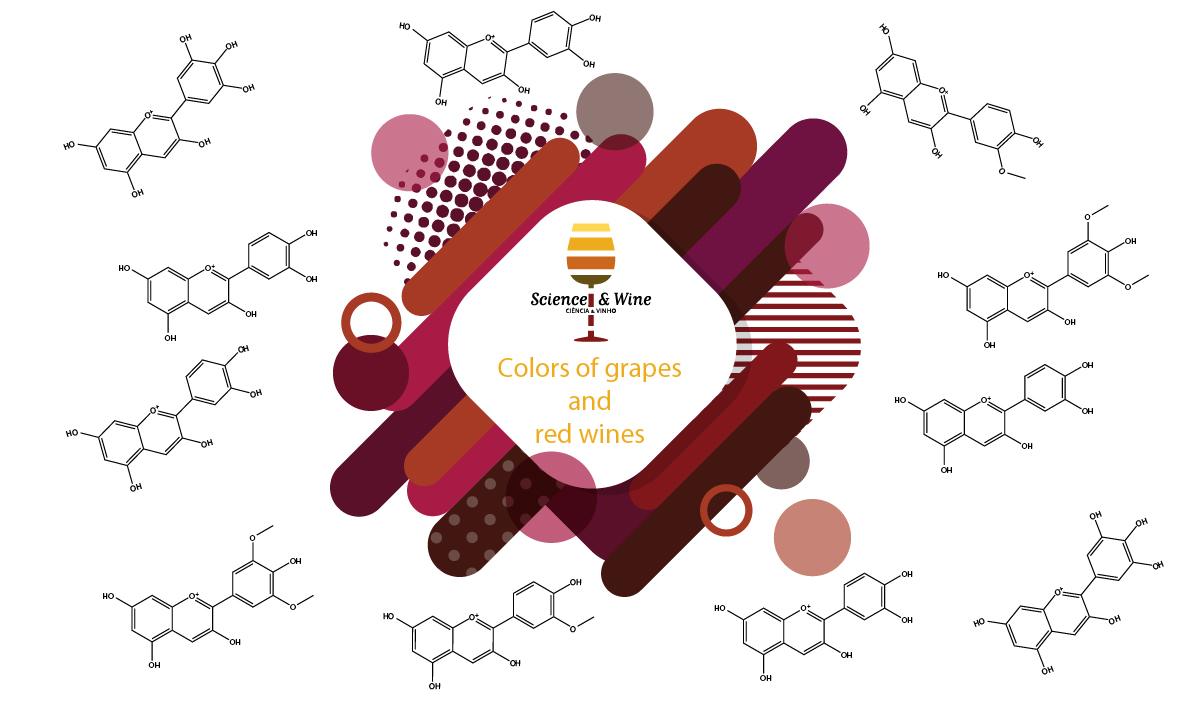
Chemistry and photochemistry inspired by the colors of grapes and red wines
Anthocyanins and pyranoanthocyanins are major contributors to the color of red wines. These pigments are cationic below about pH 3, highly colored, non-toxic, reasonably soluble in water or alcohol and stable to light. They exhibit good antioxidant or antiradical activity and, as part of our diet, confer several important health benefits. excited state proton transfer in uncomplexed anthocyanins or pyranoanthocyanins and ultra-rapid direct deactivation of the excited state in copigmented anthocyanins, contribute to make the color of anthocyanins and pyranoanthocyanins quite resistant to fading in sunlight.
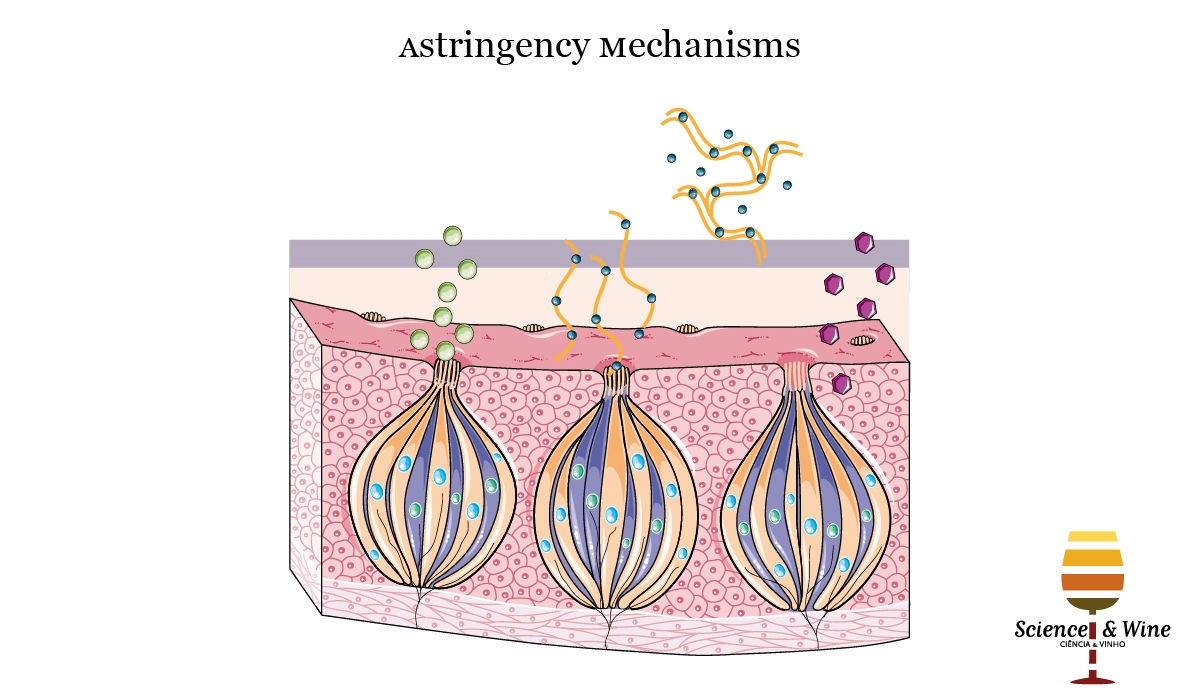
Modulation of wine astringency by mannoproteins –salivary protein/mannoprotein/polyphenol interactions
The oral sensation called astringency is commonly described as drying, roughing and puckering in the mouth epithelia. Since some polyphenols are able to bind salivary proteins, namely PRPs, they can form insoluble tannin-protein precipitates in the mouth, causing a loss of lubrication and increased friction in the oral cavity, which would explain its astringency. This mechanism is thought to be the main responsible of wine astringency. A recent study has evaluated the effect of the addition of yeast mannoproteins (MP) on the interaction between a flavonol glucoside (quercetin 3-O-glucoside) and human salivary proteins, combining sensory analysis and analytical techniques such as quenching fluorescence, dynamic light scattering and isothermal titration calorimetry. Results obtained indicate the existence of interactions between mannoproteins and flavonols but also between mannoproteins and salivary proteins, suggesting a possible formation of protein/polyphenol/polysaccharide ternary complex that probably affects the astringency perception.
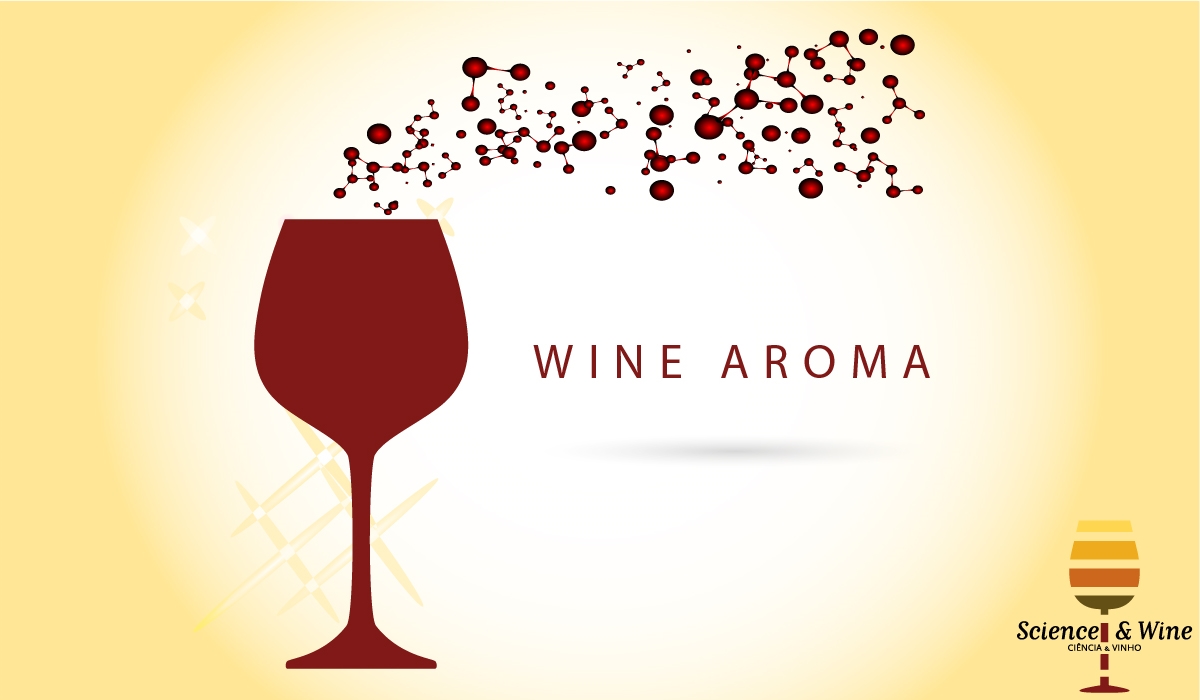
Characterization of the aroma profile of wines by solid-phase microextraction using polymeric ionic liquid sorbent coatings
By Leandro Wang Hantao Viticulturists and vintner carefully address the chemistry of winemaking (ripening, fermentation, and maturation) to bestow a symphony of unique and pleasant flavors to the final product (Crucello et al, 2018). Aroma is one the main factors contributing to the quality of wine and sets the difference between a vast number of wines and wine styles produced throughout the…

